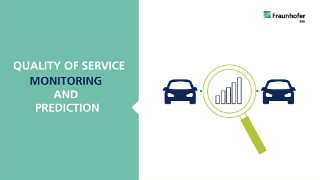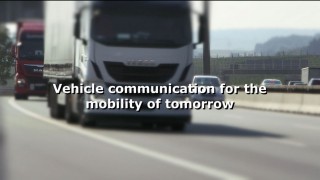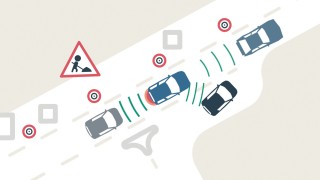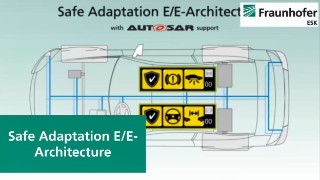ResilientSOA: Service-oriented architectures for safety-critical systems

Privacy warning
With the click on the play button an external video from www.youtube.com is loaded and started. Your data is possible transferred and stored to third party. Do not start the video if you disagree. Find more about the youtube privacy statement under the following link: https://policies.google.com/privacyResilientSOA: Service-oriented architectures for automated guided vehicles
Fraunhofer IKS developed a framework called ResilientSOA to provide a more flexible way of updating software. It applies the concept of SOA – that is, service-oriented architecture – to safety-critical embedded systems. This video explains how this works using automated guided vehicles, which transport goods in a warehouse and have to observe safety rules, even in a changing environment.
 Fraunhofer Institute for Cognitive Systems IKS
Fraunhofer Institute for Cognitive Systems IKS



